1. De Giorgi V, Saggini A, Grazzini M, et al. Specific challenges in the management of subungual melanoma. Expert Rev Anticancer Ther. 2011; 11(5):749–61.

2. Nevares-Pomales OW, Sarriera-Lazaro CJ, Barrera-Llaurador J, et al. Pigmented lesions of the nail unit. Am J Dermatopathol. 2018; 40:793–804.

3. Dika E, Patrizi A, Fanti PA, et al. The prognosis of nail apparatus melanoma: 20 years of experience from a single institute. Dermatology. 2016; 232:177–84.

4. Banfield CC, Redburn JC, Dawber RP. The incidence and prognosis of nail apparatus melanoma: a retrospective study of 105 patients in four English regions. Br J Dermatol. 1998; 139:276–9.

5. Möhrle M, Häfner HM. Is subungual melanoma related to trauma? Dermatology. 2002; 204:259–61.

6. Chakera AH, Thompson JF. ASO author reflections: subungual melanomas of the hand present diagnostic and therapeutic challenges. Ann Surg Oncol. 2019; 26:1044–5.

7. Newell F, Wilmott JS, Johansson PA, et al. Whole-genome sequencing of acral melanoma reveals genomic complexity and diversity. Nat Commun. 2020; 11:5259.

8. Hayward NK, Wilmott JS, Waddell N, et al. Whole-genome landscapes of major melanoma subtypes. Nature. 2017; 545:175–80.

9. Tan KB, Moncrieff M, Thompson JF, et al. Subungual melanoma: a study of 124 cases highlighting features of early lesions, potential pitfalls in diagnosis, and guidelines for histologic reporting. Am J Surg Pathol. 2007; 31:1902–12.
10. Reilly DJ, Aksakal G, Gilmour RF, et al. Subungual melanoma: management in the modern era. J Plast Reconstr Aesthet Surg. 2017; 70:1746–52.

11. Ishihara Y, Matsumoto K, Kawachi S, Saida T. Detection of early lesions of “ungual” malignant melanoma. Int J Dermatol. 1993; 32:44–7.

12. Shukla VK, Hughes LE. Differential diagnosis of subungual melanoma from a surgical point of view. Br J Surg. 1989; 76:1156–60.

13. Braun RP, Baran R, Le Gal FA, et al. Diagnosis and management of nail pigmentations. J Am Acad Dermatol. 2007; 56:835–47.

14. Gregorcyk S, Shelton RM, Ladaga LE, Perry RR. Pathologic fracture secondary to subungual melanoma. J Surg Oncol. 1996; 61:230–3.

15. Nguyen JT, Bakri K, Nguyen EC, Johnson CH, Moran SL. Surgical management of subungual melanoma: mayo clinic experience of 124 cases. Ann Plast Surg. 2013; 71:346–54.
16. Moehrle M, Metzger S, Schippert W, Garbe C, Rassner G, Breuninger H. “Functional” surgery in subungual melanoma. Dermatol Surg. 2003; 29:366–74.

17. Lazar A, Abimelec P, Dumontier C. Full thickness skin graft for nail unit reconstruction. J Hand Surg Br. 2005; 30:194–8.

18. Pham F, Boespflug A, Duru G, et al. Dermatoscopic and clinical features of congenital or congenital-type nail matrix nevi: a multicenter prospective cohort study by the International Dermoscopy Society. J Am Acad Dermatol. 2022; 87:551–8.

19. Duarte AF, Correia O, Barros AM, Ventura F, Haneke E. Nail melanoma in situ: clinical, dermoscopic, pathologic clues, and steps for minimally invasive treatment. Dermatol Surg. 2015; 41:59–68.
20. Goettmann S, Moulonguet I, Zaraa I. In situ nail unit melanoma: epidemiological and clinic-pathologic features with conservative treatment and long-term follow-up. J Eur Acad Dermatol Venereol. 2018; 32:2300–6.

21. Ronger S, Touzet S, Ligeron C, et al. Dermoscopic examination of nail pigmentation. Arch Dermatol. 2002; 138:1327–33.

22. Mun JH, Kim GW, Jwa SW, et al. Dermoscopy of subungual haemorrhage: its usefulness in differential diagnosis from nail-unit melanoma. Br J Dermatol. 2013; 168:1224–9.

23. Saida T, Ohshima Y. Clinical and histopathologic characteristics of early lesions of subungual malignant melanoma. Cancer. 1989; 63:556–60.

24. Yun SJ, Kim SJ. Images in clinical medicine: Hutchinson’s nail sign. N Engl J Med. 2011; 364:e38.
25. Baran LR, Ruben BS, Kechijian P, Thomas L. Non-melanoma Hutchinson’s sign: a reappraisal of this important, remarkable melanoma simulant. J Eur Acad Dermatol Venereol. 2018; 32:495–501.

26. Cooper C, Arva NC, Lee C, et al. A clinical, histopathologic, and outcome study of melanonychia striata in childhood. J Am Acad Dermatol. 2015; 72:773–9.

27. Güneş P, Göktay F. Melanocytic lesions of the nail unit. Dermatopathology (Basel). 2018; 5:98–107.

28. Lee WJ, Lee JH, Won CH, et al. Nail apparatus melanoma: a comparative, clinicoprognostic study of the initial clinical and morphological characteristics of 49 patients. J Am Acad Dermatol. 2015; 73:213–20.

29. Levit EK, Kagen MH, Scher RK, Grossman M, Altman E. The ABC rule for clinical detection of subungual melanoma. J Am Acad Dermatol. 2000; 42(2 Pt 1):269–74.
30. Ko D, Oromendia C, Scher R, Lipner SR. Retrospective single-center study evaluating clinical and dermoscopic features of longitudinal melanonychia, ABCDEF criteria, and risk of malignancy. J Am Acad Dermatol. 2019; 80:1272–83.

31. Lee JH, Park JH, Lee JH, Lee DY. Early detection of subungual melanoma in situ: proposal of ABCD strategy in clinical practice based on case series. Ann Dermatol. 2018; 30:36–40.
32. Zalaudek I, Argenziano G, Di Stefani A, et al. Dermoscopy in general dermatology. Dermatology. 2006; 212:7–18.
33. Kittler H, Marghoob AA, Argenziano G, et al. Standardization of terminology in dermoscopy/dermatoscopy: results of the third consensus conference of the International Society of Dermoscopy. J Am Acad Dermatol. 2016; 74:1093–106.

34. Light RJ. Measures of response agreement for qualitative data: some generalizations and alternatives. Psychol Bull. 1971; 76:365–77.

35. Di Chiacchio N, Hirata SH, Enokihara MY, Michalany NS, Fabbrocini G, Tosti A. Dermatologists’ accuracy in early diagnosis of melanoma of the nail matrix. Arch Dermatol. 2010; 146:382–7.

36. Hirata SH, Yamada S, Enokihara MY, et al. Patterns of nail matrix and bed of longitudinal melanonychia by intraoperative dermatoscopy. J Am Acad Dermatol. 2011; 65:297–303.

37. Ohn J, Jo G, Cho Y, Sheu SL, Cho KH, Mun JH. Assessment of a predictive scoring model for dermoscopy of subungual melanoma in situ. JAMA Dermatol. 2018; 154:890–6.

38. Ohn J, Choe YS, Mun JH. Dermoscopic features of nail matrix nevus (NMN) in adults and children: a comparative analysis. J Am Acad Dermatol. 2016; 75:535–40.

39. Ohn J, Hur K, Cho Y, et al. Developing a predictive model for distinguishing invasive nail unit melanoma from nail unit melanoma in situ. J Eur Acad Dermatol Venereol. 2021; 35:906–11.
40. Grover C, Bansal S. Nail biopsy: a user’s manual. Indian Dermatol Online J. 2018; 9:3–15.

41. Shin HT, Jang KT, Mun GH, Lee DY, Lee JB. Histopathological analysis of the progression pattern of subungual melanoma: late tendency of dermal invasion in the nail matrix area. Mod Pathol. 2014; 27:1461–7.

42. Haneke E, Baran R. Longitudinal melanonychia. Dermatol Surg. 2001; 27:580–4.

43. de Berker DA. Lateral longitudinal nail biopsy. Australas J Dermatol. 2001; 42:142–4.
44. Richert B, Theunis A, Norrenberg S, André J. Tangential excision of pigmented nail matrix lesions responsible for longitudinal melanonychia: evaluation of the technique on a series of 30 patients. J Am Acad Dermatol. 2013; 69:96–104.

45. Zhou Y, Chen W, Liu ZR, Liu J, Huang FR, Wang DG. Modified shave surgery combined with nail window technique for the treatment of longitudinal melanonychia: evaluation of the method on a series of 67 cases. J Am Acad Dermatol. 2019; 81:717–22.

46. Park SW, Jang KT, Lee JH, et al. Scattered atypical melanocytes with hyperchromatic nuclei in the nail matrix: diagnostic clue for early subungual melanoma in situ. J Cutan Pathol. 2016; 43:41–52.

47. Amin B, Nehal KS, Jungbluth AA, et al. Histologic distinction between subungual lentigo and melanoma. Am J Surg Pathol. 2008; 32:835–43.

48. Husain S, Scher RK, Silvers DN, Ackerman AB. Melanotic macule of nail unit and its clinicopathologic spectrum. J Am Acad Dermatol. 2006; 54:664–7.

49. Chu A, André J, Rich P, Leachman S, Thompson CT. Immunohistochemical characterization of benign activation of junctional melanocytes and melanoma in situ of the nail unit. J Cutan Pathol. 2019; 46:479–83.

50. Darmawan CC, Jo G, Montenegro SE, et al. Early detection of acral melanoma: a review of clinical, dermoscopic, histopathologic, and molecular characteristics. J Am Acad Dermatol. 2019; 81:805–12.
51. Ren M, Ren J, Cai X, et al. Clinicopathological, immunohistochemical and fluorescence in-situ hybridisation features of early subungual melanoma: an analysis of 65 cases. Histopathology. 2021; 78:717–26.

52. Ohn J, Bae JM, Lim JS, et al. Acral lentiginous melanoma, indolent subtype diagnosed by en bloc excision: a case report. Ann Dermatol. 2017; 29:327–30.

53. Romano RC, Shon W, Sukov WR. Malignant melanoma of the nail apparatus: a fluorescence in situ hybridization analysis of 7 cases. Int J Surg Pathol. 2016; 24:512–8.
54. Dasgupta T, Brasfield R. Subungual melanoma: 25-year review of cases. Ann Surg. 1965; 161:545–52.

55. Rondinelli RD. Changes for the new AMA Guides to impairment ratings, 6th edition: implications and applications for physician disability evaluations. PM R. 2009; 1:643–56.
56. Chow WT, Bhat W, Magdub S, Orlando A. In situ subungual melanoma: digit salvaging clearance. J Plast Reconstr Aesthet Surg. 2013; 66:274–6.

57. Cochran AM, Buchanan PJ, Bueno RA Jr, Neumeister MW. Subungual melanoma: a review of current treatment. Plast Reconstr Surg. 2014; 134:259–73.
58. Jo G, Cho SI, Choi S, Mun JH. Functional surgery versus amputation for in situ or minimally invasive nail melanoma: a meta-analysis. J Am Acad Dermatol. 2019; 81:917–22.

59. Flores-Terry M, Romero-Aguilera G, Mendoza C, et al. Functional surgery for malignant subungual tumors: a case series and literature review. Actas Dermosifiliogr (Engl Ed). 2018; 109:712–21.

60. Sureda N, Phan A, Poulalhon N, Balme B, Dalle S, Thomas L. Conservative surgical management of subungual (matrix derived) melanoma: report of seven cases and literature review. Br J Dermatol. 2011; 165:852–8.

61. Jo G, Hur K, Cho SI, Mun JH. Secondary intention healing after functional surgery for in situ or minimally invasive nail melanoma. Acta Derm Venereol. 2020; 100:adv00179.

62. Kim BJ, Kim J, Hu J, Kwak Y, Kwon ST. Functional surgery for subungual melanoma: surgical tips based on histological analysis of 21 cadavers. Dermatol Surg. 2022; 48:7–11.

63. Yoo H, Kim H, Kwon ST, et al. Tumor invasion in the hyponychium is associated with distant metastasis and poor prognosis in subungual melanoma: a histologic landscape of 44 cases. J Am Acad Dermatol. 2022; 86:1027–34.

64. Brodland DG. The treatment of nail apparatus melanoma with Mohs micrographic surgery. Dermatol Surg. 2001; 27:269–73.

65. Matsumoto A, Strickland N, Nijhawan RI, Srivastava D. Nail unit melanoma in situ treated with mohs micrographic surgery. Dermatol Surg. 2021; 47:98–103.

66. Finley RK 3rd, Driscoll DL, Blumenson LE, Karakousis CP. Subungual melanoma: an eighteen-year review. Surgery. 1994; 116:96–100.
67. Lee KT, Park BY, Kim EJ, et al. Superthin SCIP flap for reconstruction of subungual melanoma: aesthetic functional surgery. Plast Reconstr Surg. 2017; 140:1278–89.

68. Park JU, Kim K, Kwon ST. Venous free flaps for the treatment of skin cancers of the digits. Ann Plast Surg. 2015; 74:536–42.

69. Yun MJ, Park JU, Kwon ST. Surgical options for malignant skin tumors of the hand. Arch Plast Surg. 2013; 40:238–43.

70. Woo SJ, Ma IZ, Kwon ST, Park SO, Kim BJ, Hong KY. Long-term results of wide local excision with concurrent venous free flap reconstruction in subungual melanoma. Arch Hand Microsurg. 2022; 27:240–6.

71. Morton DL, Thompson JF, Cochran AJ, et al. Final trial report of sentinel-node biopsy versus nodal observation in melanoma. N Engl J Med. 2014; 370:599–609.

72. Martin DE, English JC, Goitz RJ. Subungual malignant melanoma. J Hand Surg Am. 2011; 36:704–7.

73. Hinchcliff KM, Pereira C. Subungual tumors: an algorithmic approach. J Hand Surg Am. 2019; 44:588–98.

74. Bormann G, Marsch WC, Haerting J, Helmbold P. Concomitant traumas influence prognosis in melanomas of the nail apparatus. Br J Dermatol. 2006; 155:76–80.

75. Sinno S, Wilson S, Billig J, Shapiro R, Choi M. Primary melanoma of the hand: an algorithmic approach to surgical management. J Plast Surg Hand Surg. 2015; 49:339–45.

76. Pasquali S, Hadjinicolaou AV, Chiarion Sileni V, Rossi CR, Mocellin S. Systemic treatments for metastatic cutaneous melanoma. Cochrane Database Syst Rev. 2018; 2:CD011123.

77. Chen YA, Teer JK, Eroglu Z, et al. Translational pathology, genomics and the development of systemic therapies for acral melanoma. Semin Cancer Biol. 2020; 61:149–57.

78. Swetter SM, Tsao H, Bichakjian CK, et al. Guidelines of care for the management of primary cutaneous melanoma. J Am Acad Dermatol. 2019; 80:208–50.

79. Curti BD, Faries MB. Recent advances in the treatment of melanoma. N Engl J Med. 2021; 384:2229–40.

80. Pavri SN, Clune J, Ariyan S, Narayan D. Malignant melanoma: beyond the basics. Plast Reconstr Surg. 2016; 138:330e–340e.

81. Guo J, Carvajal RD, Dummer R, et al. Efficacy and safety of nilotinib in patients with KIT-mutated metastatic or inoperable melanoma: final results from the global, single-arm, phase II TEAM trial. Ann Oncol. 2017; 28:1380–7.

82. Woodman SE, Davies MA. Targeting KIT in melanoma: a paradigm of molecular medicine and targeted therapeutics. Biochem Pharmacol. 2010; 80:568–74.

83. Zaremba A, Murali R, Jansen P, et al. Clinical and genetic analysis of melanomas arising in acral sites. Eur J Cancer. 2019; 119:66–76.

84. Nakamura Y, Namikawa K, Yoshino K, et al. Anti-PD1 checkpoint inhibitor therapy in acral melanoma: a multicenter study of 193 Japanese patients. Ann Oncol. 2020; 31:1198–206.

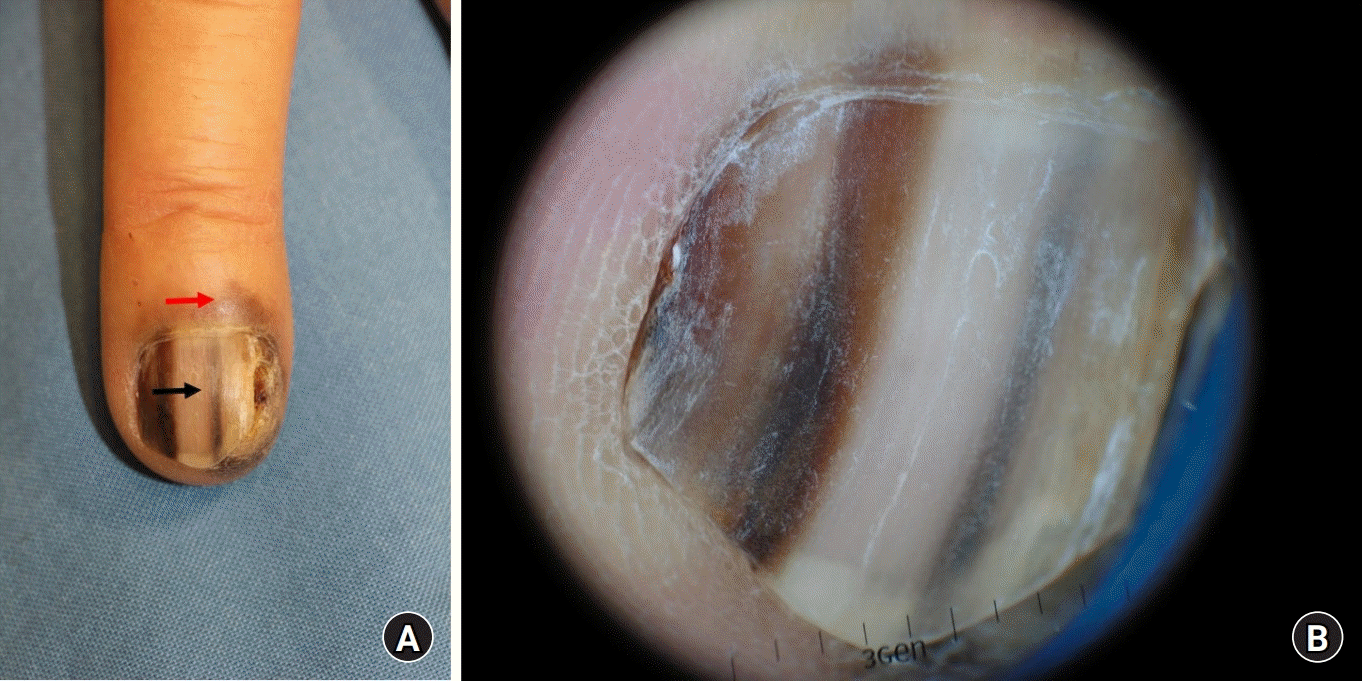
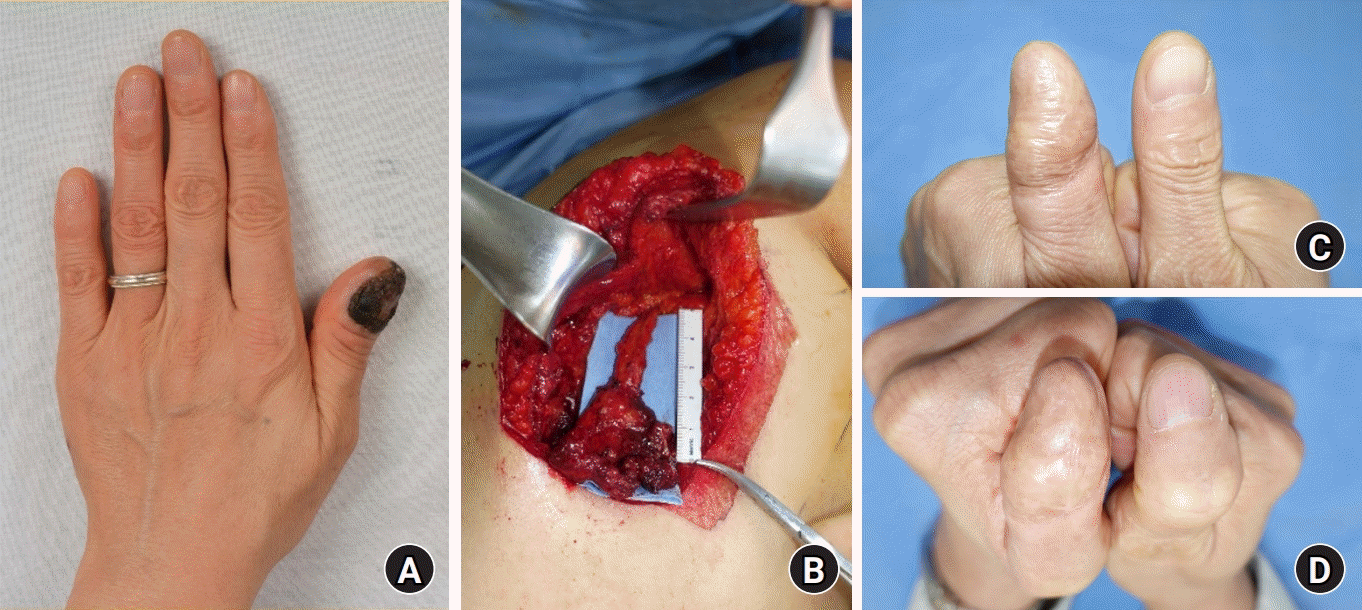
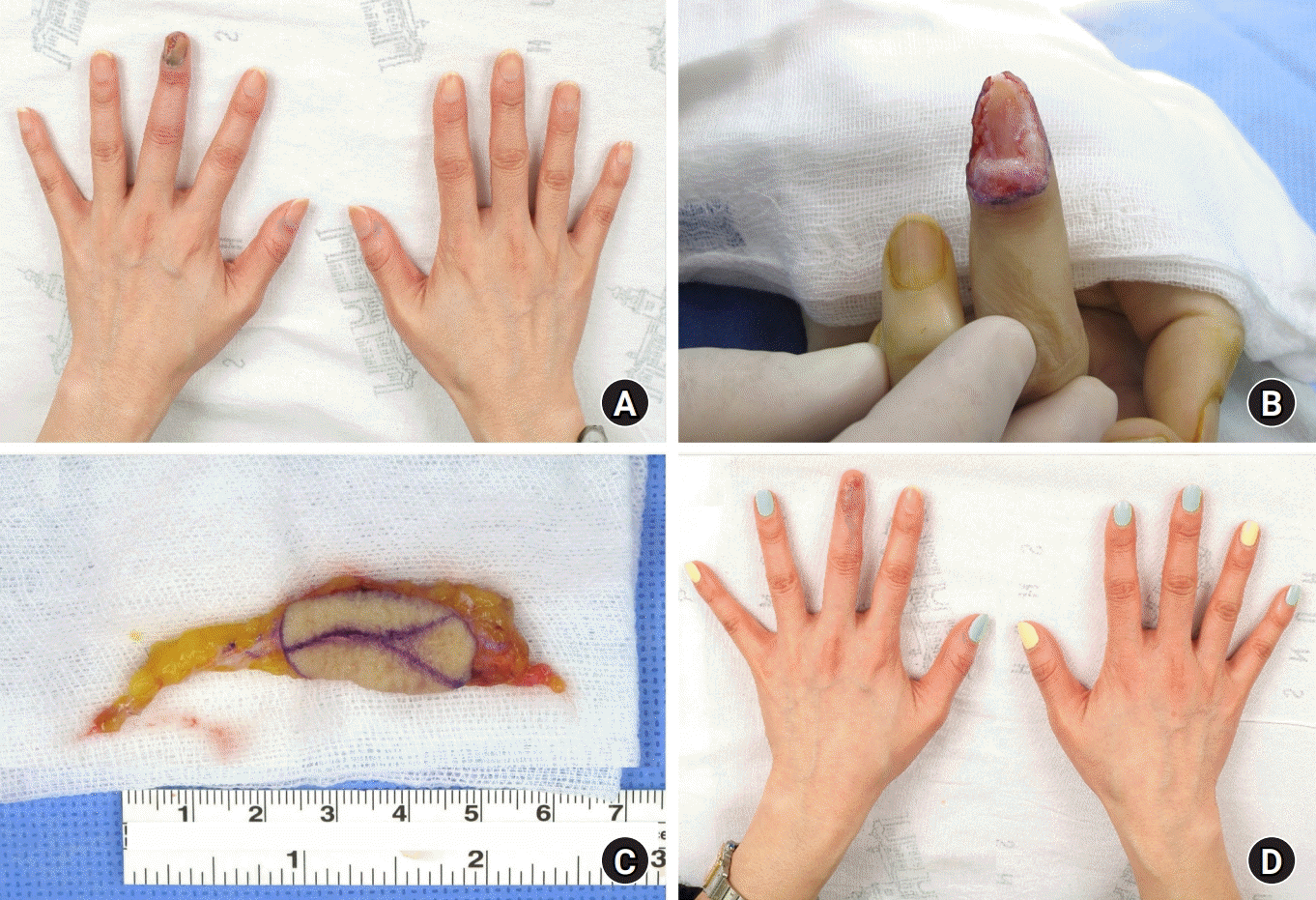
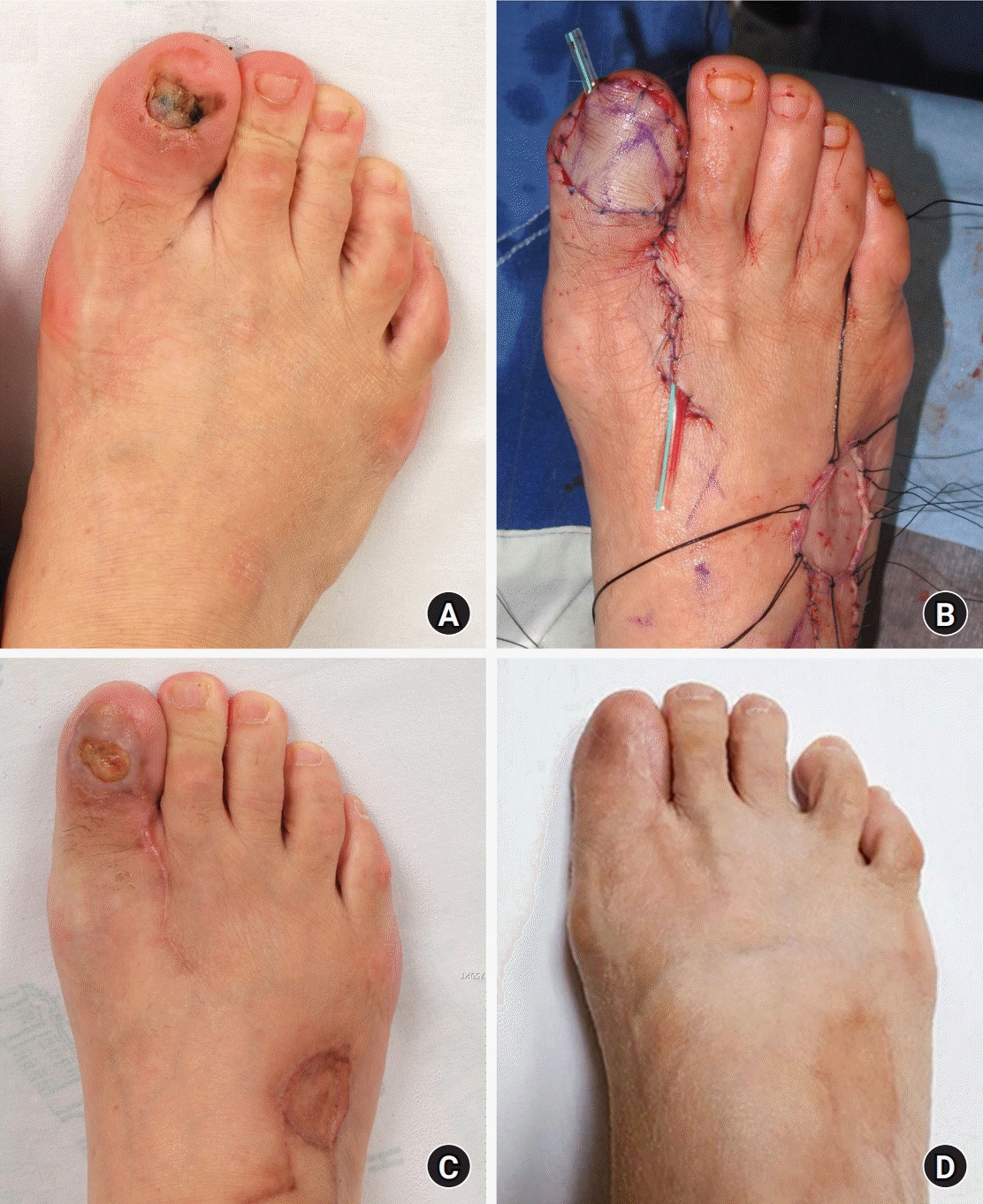




 PDF
PDF Citation
Citation Print
Print



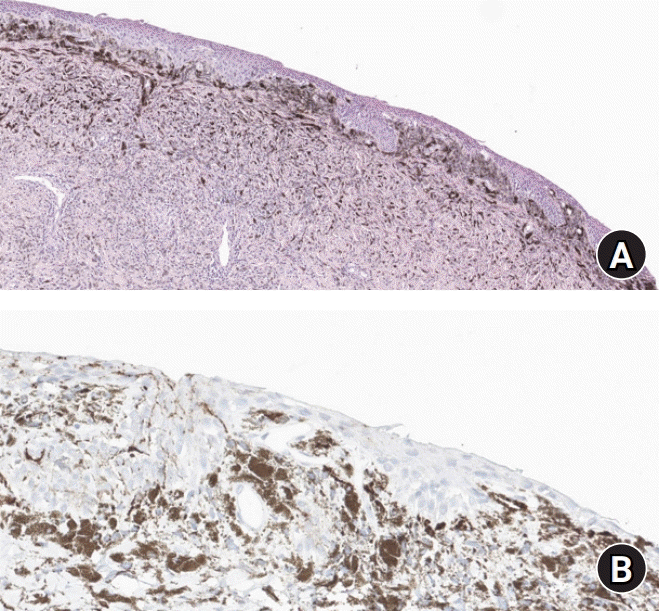
 XML Download
XML Download